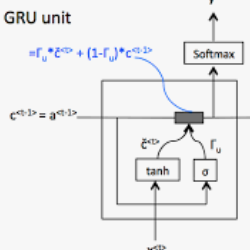The application of neural networks to non-linear dynamic system identification tasks has a long history, which consists mostly of autoregressive approaches. Autoregression, the usage of the model outputs of previous time steps, is a method of transferring a system state between time steps, which is not necessary for modeling dynamic systems with modern neural network structures, such as gated recurrent units (GRUs) and Temporal Convolutional Networks (TCNs). We compare the accuracy and execution performance of autoregressive and non-autoregressive implementations of a GRU and TCN on the simulation task of three publicly available system identification benchmarks. Our results show, that the non-autoregressive neural networks are significantly faster and at least as accurate as their autoregressive counterparts. Comparisons with other state-of-the-art black-box system identification methods show, that our implementation of the non-autoregressive GRU is the best performing neural network-based system identification method, and in the benchmarks without extrapolation, the best performing black-box method.
翻译:神经网络应用于非线性动态系统识别任务有很长的历史,主要由自动递减方法组成。自动递减,使用以往时间步骤的模型输出,是一种在时间步骤之间转换系统状态的方法,对于与现代神经网络结构建模的动态系统,如封闭式经常性单元(GRUs)和时空革命网络(TCNs)是不必要的神经网络系统识别方法(GRU)和其他状态型黑盒系统识别方法(TCNs)的比较,我们比较了自动递减和非自动递减实施GRU和TCN在三种公开的系统识别基准模拟任务方面的精确度和性能。我们的结果显示,非自动递减式神经神经网络大大加快,至少与自动递增对应系统网络的精确度相当。与其他状态型黑盒系统识别方法的比较表明,我们实施非倾斜式GRU是最佳的神经网络系统识别方法,在没有外推效果的黑盒方法的基准中,这是最佳的。



